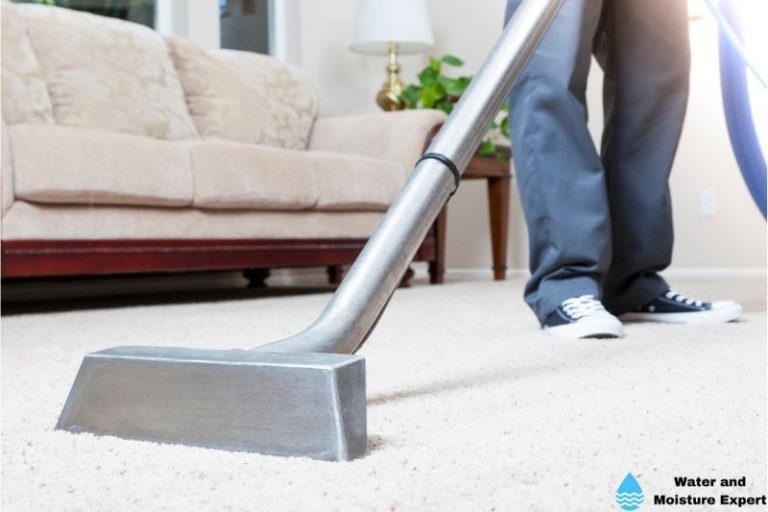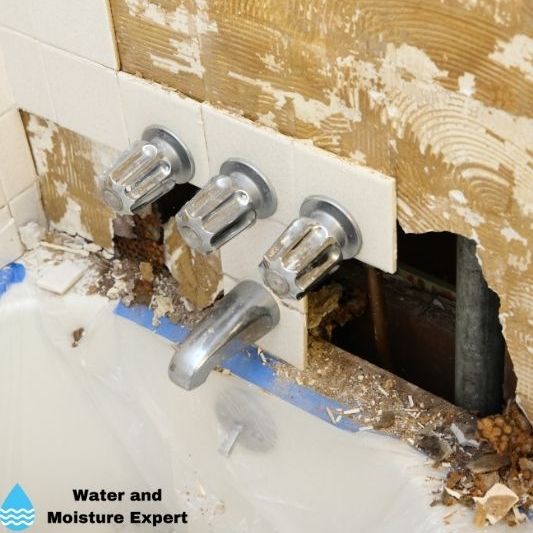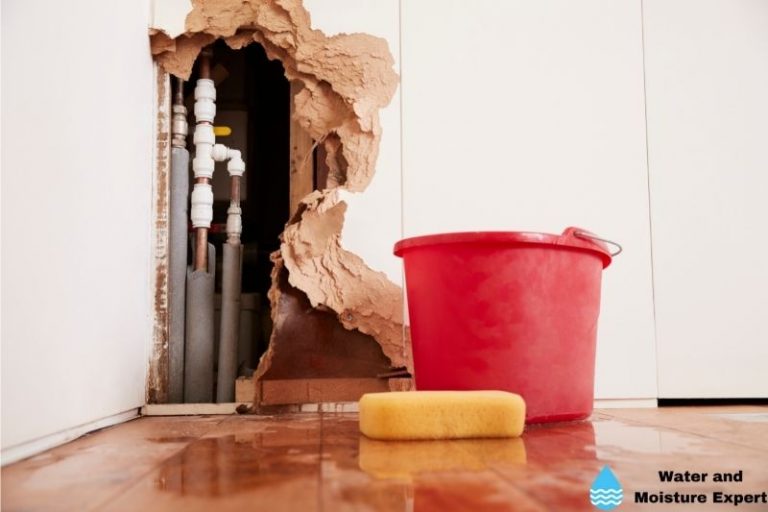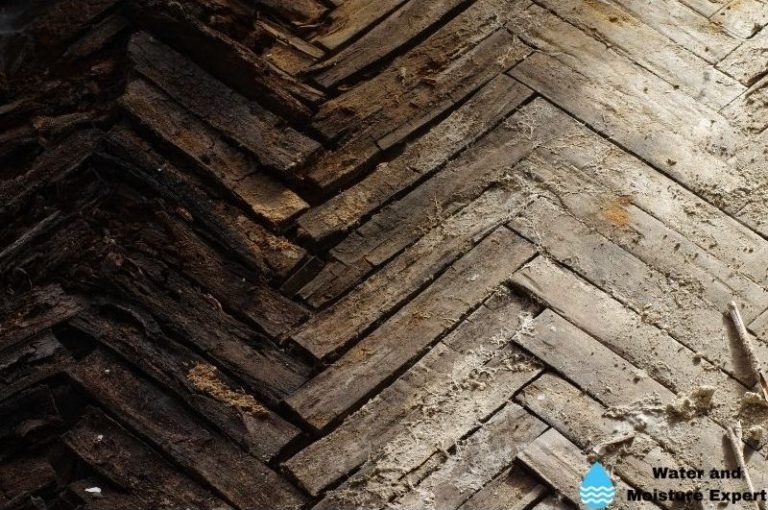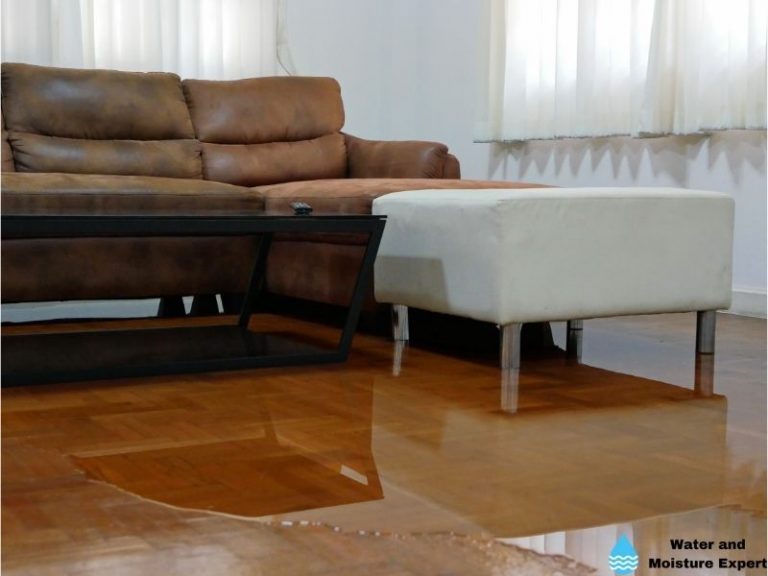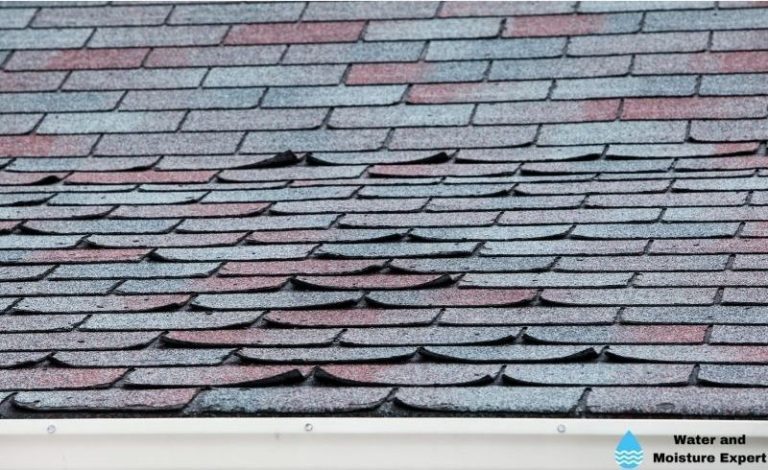How fast can Mold grow? Tips from Professional
We all know that mold is one of the things we like to avoid after leakage or flood. It can grow and spread like wildfire, thrives in dark and moist environments, and doesn’t require any sunlight to survive. Molds can produce spores that could cause allergic reactions or other health complications if inhaled by the person.
How fast can Mold grow?
Generally, mold can start in 24 to 48 hours under ideal conditions. In most cases, it will take up to 5 days with less favorable circumstances. When mold has started, the spores will start to colonize, which will take up to 2 weeks. In this time, the mold is growing and spreading quickly. Only after this time will mold be visible
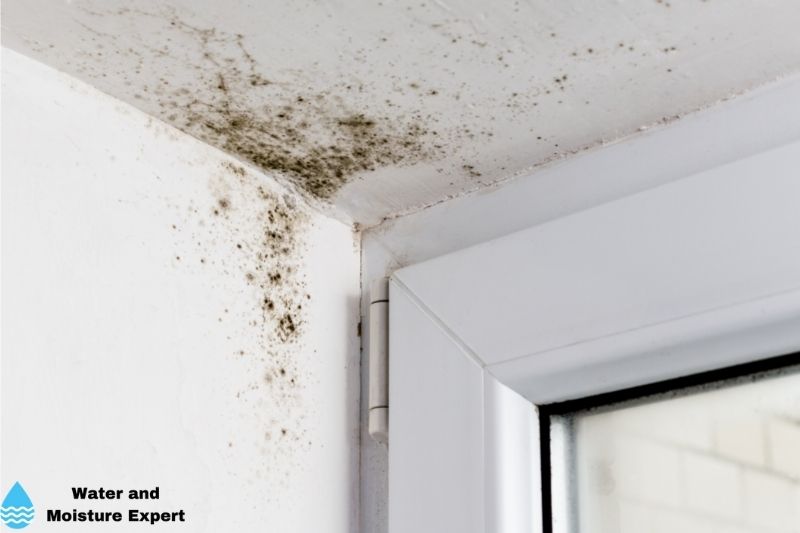
This blog post will explain how fast mold will grow and what is needed for this. I will also explain how you can prevent mold from growing.
Contents
- 1 When does mold grow
- 2 How fast does mold grow after a water leak?
- 3 How fast does mold grow in walls?
- 4 What does water damage mold look like?
- 5 How bad is water damage mold?
- 6 Can mold from water damage make you sick?
- 7 Is black mold from water damage dangerous?
- 8 How do you prevent mold from growing after water damage?
- 9 Removing molds from your premise
When does mold grow
Molds are classified as fungi and are multicellular organisms. They can be visible with naked eyes or through a microscope. Moist or damp environments are good breeding grounds for mold. Severe humidity levels in a premise and roof leaks are the popular moisture sources that cause mold growth. Mold growth might present some health effects on individuals, especially respiratory or allergic symptoms.
There are a few conditions that mold requires for growth. When those conditions are present, mold can quickly spread. Here are the necessary conditions that influence mold’s growth rate:
● Spores
The presence of mold spores in the environment is the key factor before anything else. If there are no spores, there will be no mold.
● Source of food
When there is food, spores germinate and grow into an adult mold. It can grow even on inorganic places such as steel or plastic items when organic residue is left when interacting with the item. Mold will feed and grow inside its substrate.
● Moisture/ humidity
Adequate moisture or water is directly related to the growth of mold. Mold is hydrophobic, and it’s a determining factor for its survival. Furthermore, studies reveal how well molds thrive in an area with sufficient moisture levels.
● Temperature
Molds like warm temperatures, and that’s why you will find them growing faster in warmer in dark hidden areas.
How fast does mold grow after a water leak?
Generally, mold can start within 24 hours under ideal conditions. Under less ideal conditions, it can take several days. When mold starts, it will be invisible. Mold will take several days more before it becomes visible. It means that the faster you fix the leak, the less the chance for mold.
After a water leak, the area will get damp. Mold spores get attracted to the moisture and grow on such damp surfaces. Growth happens at a fast rate since the moisture content is adequately available. Mold colonizes the area and spreads all over. As a result, a green-yellow or a black powdery substance will appear. Additionally, it has a foul smell.
How fast does mold grow in walls?
Generally, mold growth in your wall can start in 24 to 48 hours, under ideal conditions. In most cases, it will take longer. Mold growing in your wall is challenging to spot. With mold on the outside of your wall, it will take at least 14 days before it will be visible. With mold on the inside of your wall, you will notice other signs first, like paint peeling off or a bad smell.
Another sign is discoloration. This can either be the outdoor walls or indoor walls. The color can be brown, yellow, or even black. This indicates that mold is present. Mold is an indicator of a water leak or the presence of moisture.
When there is a water leak in the wall, the moisture level will increase. Mold spores present in the environment sense presence of this moisture. The root themselves will continue growing and spreading provided the environment is favorable.
One of the most asked questions that I get is: “What does mold feed on”? Water from leaks in most instances carries organic substrates, which act as a source of food to the mold. The combinations of food and water hasten the growth of different types of molds. Also, the overall conditions of an environmental influence the growth rate of mold.
What does water damage mold look like?
Water damage mold appears primarily brown or black. They are considered active due to the presence of water or moisture.
The color of the mold colonies is influenced by the source of food and humidity/water. The same species of mold can be of different colors in different conditions and can change over time. Most people don’t pay a lot of attention to the type of mold that grows due to water damage, as their focus is more on detecting whether the mold has grown or not.
How bad is water damage mold?
As long as water or moisture is present in an area, then molds are likely to sprout and spread. Water damage mold can form on most objects it comes in contact with. For example, is it will leave a stinky stain on the floor, wall, clothes, and carpets, among others.
Water damage mold is bad for your health, and some health conditions have been confirmed to be triggered by mold. When the water and moisture are gone, mold still leaves residues behind, and they are likely to grow again if the place is not adequately cleaned.
Can mold from water damage make you sick?
Generally, mold can make you sick. But the effects will differ from person to person. There are different types of molds, some are harmless, whereas others are considered harmful. The toxicity of mold depends on its ability to produce and release mycotoxins.
Mycotoxins get absorbed into your body through inhaling, skin contact, and ingestion. It is attributed to allergies and asthma, among others. If you have allergies, then you are likely to become more sensitive when you have contact with mold.
Long mold exposure can result in:
- Coughing, wheezing and worse- shortness of breath.
- Eye irritation causes them to redden
- Fatigue, loss of balance, and dizziness
- Abdominal pain and diarrhea
You should kill molds whenever you spot them. Find the source of water leakage or moisture, and immediately fix it. Without water, it’s practically impossible for molds to grow. Relocate to a different location if you notice a mold problem until it has been removed. Long-term exposure to toxic molds can be harmful.
If you do not know how to remove and kill mold, or you are unsure. I always recommend asking a professional for help. Do not underestimate mold.
Is black mold from water damage dangerous?
Generally, most black water damage molds are dangerous. This is because most black molds from water damage are highly active. As a result, they have a fast growth rate and can widely spread in other areas close.
Studies also reveal that black mold is dangerous as it can cause allergies and asthma. If you have asthma, it heightens asthma attacks due to shortness of breath. Additionally, people with a weak immune system or underlying lung disease are more vulnerable to the effects.
How do you prevent mold from growing after water damage?
As stated earlier, water/ moisture, temperature, and a food source are the main factors influencing the growth of molds. Below are some tips on how we can inhibit mold growth by dealing with its favorable conditions;
● Prevent Mold: Removing Water/Moisture
The first step in removing the water and moisture is to ensure that the cause of the water damage is gone. After ensuring the leak is found and fixed, removing water and moisture is key to preventing mold.
Remove excess water by using towels, a water vacuum, or a sump pump in case of a lot of water. When the water is gone, the next step is to improve the ventilation to remove moisture. Allow airflow by opening doors and windows and removing wet and damp objects from the room or area. To improve the drying process, you can use fans. They will improve the airflow.
To speed up the drying process, you can use a dehumidifier. I always recommend using a commercial dehumidifier, they can remove a lot more water per hour than a residential dehumidifier.
A dehumidifier pulls in the moisture from the air and dries it out to release dry air back into the room. When used with a fan, this can be highly effective at drying out the area quickly.
● Prevent Mold: Lower the Temperature
Generally, a warm temperature is considered optimal for mold growth. The higher the temperature, the faster mold grows. To prevent fast growth, consider lowering the temperature of the area. You can do this with a fan if the outside temperature is low enough. Or use your air conditioner if you have one.
● Prevent Mold: Remove the Source of food
If you remove the mold’s food source, it can not grow. This can be tricky since mold can feed on many hard substances like paper and wood. Cleaning the area thoroughly will make it less sensitive. The cleaner it is, the less likely mold will be.
There are several ways to clean the area and prevent mold:
- Bleach: Mix 1 cup of normal household bleach and 2 cups of water and use it to clean the area. Always take some precautions, as you should not inhale bleach. And never combine bleach with ammonia.
- Hydrogen peroxide: A hydrogen peroxide mix is an excellent solution to kill mold and clean light stains. Mix 1 cup hydrogen peroxide with 10 cups water. (three to 10 percent solution) will kill mold and lighten stains.
- Vinegar: Due to the vinegar’s acidity, it kills mold but is gentle at the same time. I recommend using distilled white vinegar. The disadvantage is that it does not really clean well.
- Borax: Borax is an excellent mold killer. It is relatively cheap and non-toxic, and you can mix it with water.
- Baking soda: Like Borax, baking soda is also a cheap and effective mold killer. You can mix it with water.
Removing molds from your premise
Before undertaking the task to remove molds from your premise, understand how they breed. This is vital as molds can regrow in the same place if the environment still favors their growth. To kill molds, you can use baking soda, Borax, vinegar, hydrogen peroxide, or bleach.
Go the extra mile and improve the ventilation. This will make the area less moist. Removing molds in your premises can be a waste of time if you don’t rectify the breeding environment. Throw away the molds far away from your house. Failure to do this might result in the mold returning to another area.

